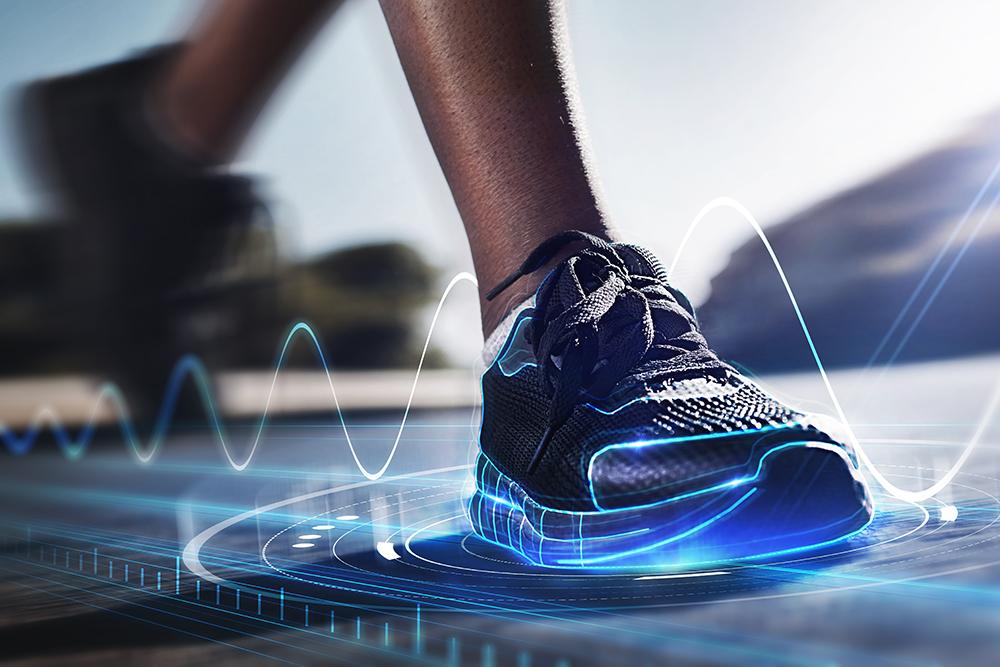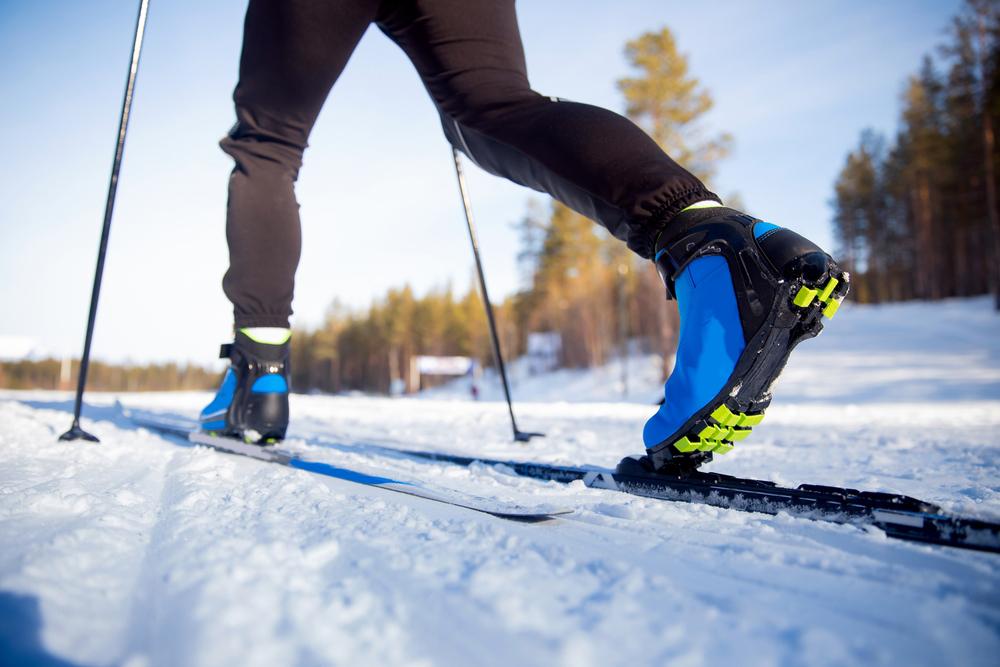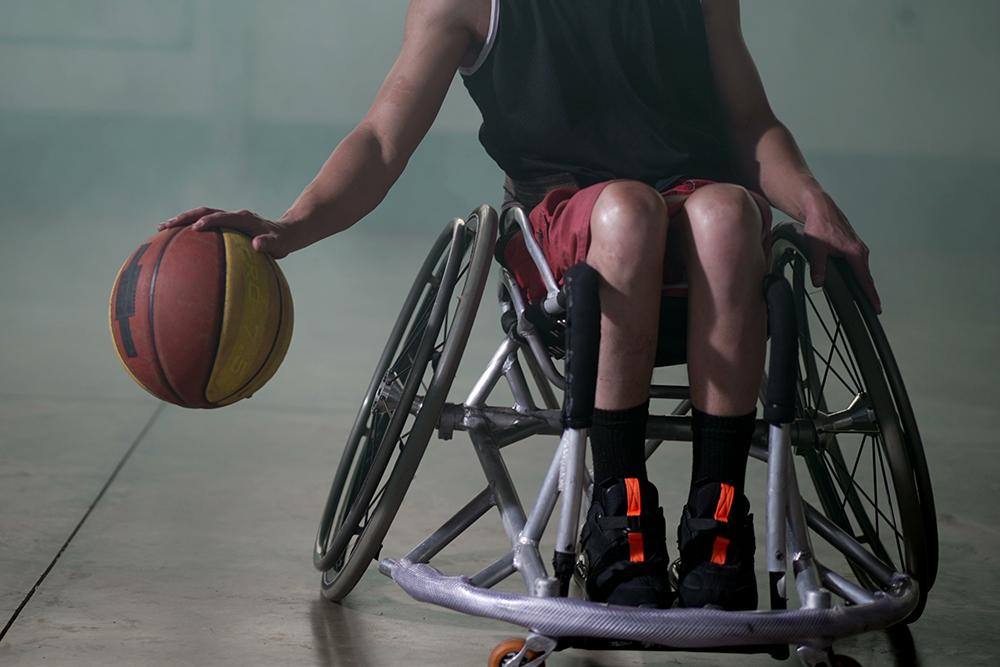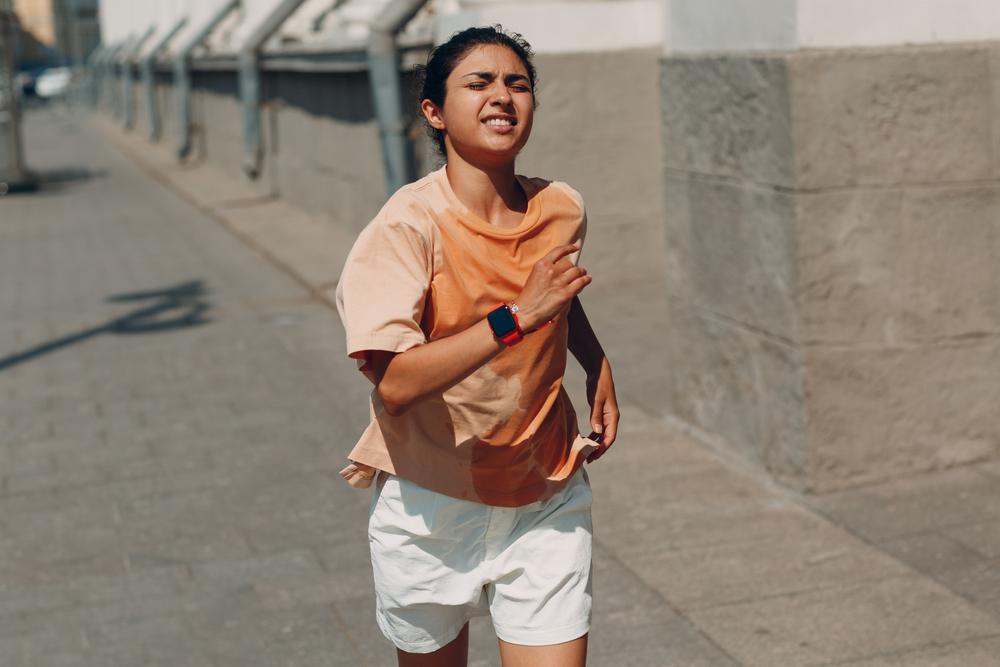 Super shoes—shoes designed with high-tech foam and carbon plates that promise up to four percent increases in speed—are becoming the norm on the start line of marathons around the world, even for recreational runners. But should student-athletes be training and racing in them?
Super shoes—shoes designed with high-tech foam and carbon plates that promise up to four percent increases in speed—are becoming the norm on the start line of marathons around the world, even for recreational runners. But should student-athletes be training and racing in them?
Here, the U.S. Anti-Doping Agency’s Director of Science, Dr. Laura Lewis, explains what’s new in shoe technology and how to evaluate what your young athlete really needs in their sneakers.
Super foams, carbon plates, and new technology
“Super shoes” have been around for a few years now. Typically marketed towards runners, these shoes are made with ultra-light foam compounds with innovative new technology that allows for faster rebound and a bouncier feel that can potentially help an athlete run faster. Carbon plates have been inserted into running shoes designed specifically for race day in order to improve rebound even further and improve performances by full percentage points.
“These shoes really do work to make runners faster,” says Lewis. “We know that. But it is important to note that they can’t make any person fast; rather, they can make a relatively fast person faster by improving their mechanical efficiency while running.”
But these shoes come with a hefty price tag and typically are only good for a couple of races at most before wearing out. And for young athletes, the cost may be even higher, says Lewis.
Do young athletes really need the latest tech?
While it’s tempting to automatically hit the ‘buy now’ button on a pair of shoes that promises a two to four percent increase in speed, it may not be the best purchase for your athlete in the long term, says Lewis. There are a few reasons your athlete likely doesn’t need to add super shoes of any type to their shoe closet:
- Back to Basics: “Whenever caregivers are trying to add something extra like this for their athlete, I encourage them to step back and reflect,” says Lewis. “Is your athlete doing everything else right already? What’s their nutrition like? What’s their sleep like? What’s their recovery like? You can’t just put on these fancy shoes and think that they’re going to be the missing piece of the puzzle if you’re not already taking care of everything else. We should be focusing on the physiology, not the gear.”
- Foot Development: Some experts are also suggesting that super shoes can actually be harmful to youth athlete foot development—and to date, little research has been done around young athletes and these new technologies. “Because young athletes are still developing the strength in their feet and the musculature of their ankles, if they’re not getting the proper support in their shoes or their shoes are doing the work for them, their musculature won’t develop as well,” Lewis says. “That’s a really big consideration: At this age, it’s all about developing the foundations to set your athlete up for the rest of their life.”
- Ethical Considerations: It’s also worth reflecting on what kind of person you want your young athlete to be. “There are races where having super shoes might make a difference for a young athlete,” Lewis says. “But there is this ethical component to consider: Are we creating unfair advantages in youth sport by having some athletes use these shoes? Running in particular is supposed to be one of the most simplistic, accessible sports out there, but if every athlete suddenly needs these $400 shoes in order to be competitive, that reduces the accessibility of the sport.”
- Environmental Considerations: There’s also an environmental component to consider. “These shoes can only be worn for a couple of races, and then they’re worn out,” Lewis says. “They end up getting thrown out, so there’s a huge environmental impact around these shoes.” (Because of the way the shoes are designed for speed, they can’t be used as walking shoes or casual shoes.)
- Character Building: Finally, there’s a character-building dilemma around purchasing super shoes for your young athlete. In many ways, buying super shoes is akin to a shortcut and it creates the narrative that you can buy your way to success, which negates the values and life skills (like hard work and resilience) that athletes should be learning through sport.
What should caregivers consider when evaluating shoes
 When it comes to buying new shoes, fit and function should always trump fashion. “This is the most important question parents should be asking when it comes to buying shoes: Is the shoe fit for purpose for the sport?” Lewis says. “If your athlete is playing basketball, they don’t need super shoes for running. They need a good basketball shoe with the appropriate ankle support.”
When it comes to buying new shoes, fit and function should always trump fashion. “This is the most important question parents should be asking when it comes to buying shoes: Is the shoe fit for purpose for the sport?” Lewis says. “If your athlete is playing basketball, they don’t need super shoes for running. They need a good basketball shoe with the appropriate ankle support.”
Fit can change from season to season as your athlete grows, so it’s also important for them to actually try on the new shoes before you buy them. “I always suggest that young athletes go into a store to try on different shoes because the shoes that fit last season may not fit this season,” says Lewis. And it may not be as simple as just going up a size—your athlete may need a different style of shoe if their foot got slightly wider or their arch changed. Look for a store that does shoe fits and allows athletes to try on many different brands. Ideally, they can also test the shoes out by jogging around the store or running on a treadmill.
“A well-fitting, functional shoe is a much better investment than a super shoe that’s only going to last for a couple of races and use up your entire shoe budget,” says Lewis. And of course, while it’s tempting to want shoes in the trendiest colors or the ones that match the uniform the best, Lewis says that fashion should never be the deciding factor when it comes to choosing a shoe for sport.
Finally, shoes do wear out. Even a shoe that still looks new could have foam that’s been compressed so many times that it can no longer rebound, and because of that, it can make your athlete’s running less effective and leave them more prone to injury. “Shoes shouldn’t be falling apart by the time they’re replaced,” says Lewis. Typically, shoes can tolerate about 300 to 500 miles of running before needing to be replaced, but for sports like basketball, it can be hard to tell when a shoe hits that point. Generally, shoes should last a full season—but after that, move the old pair into yardwork and casual use, and get a fresh pair for the season if possible.
_________________________
Takeaway
Your young athlete likely doesn’t need the latest and greatest in shoe technology, whether it’s a certain type of foam or a carbon plate, especially if they aren’t actually racing cross-country or middle to long-distance track. In fact, having these ‘super shoes’ may even be detrimental to your athlete’s physical development and their development of important life skills. Rather than prioritizing the most high-tech shoes, focus on making sure your athlete has comfortable shoes in the right size and style for the work that they are doing, and replace them as needed.



